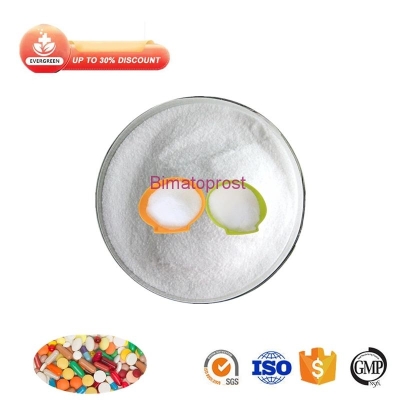-
Categories
-
Pharmaceutical Intermediates
-
Active Pharmaceutical Ingredients
-
Food Additives
- Industrial Coatings
- Agrochemicals
- Dyes and Pigments
- Surfactant
- Flavors and Fragrances
- Chemical Reagents
- Catalyst and Auxiliary
- Natural Products
- Inorganic Chemistry
-
Organic Chemistry
-
Biochemical Engineering
- Analytical Chemistry
- Cosmetic Ingredient
-
Pharmaceutical Intermediates
Promotion
ECHEMI Mall
Wholesale
Weekly Price
Exhibition
News
-
Trade Service
Background: Patients with diabetes routinely measure the estimated glomerular filtration rate (eGFR) and the degree of proteinuria measured by the albumin/creatine ratio (ACR) and are considered prognostic indicators
of renal outcomes, cardiovascular outcomes, and death.
The Cardiovascular Event Study (REWIND) trial on the weekly use of insulin incretin in diabetic patients recruited 9901 patients with average age 66 years (46% female) with type 2 diabetes and other cardiovascular risk factors and randomly assigned them to the glucagon-like peptide-1 receptor agonist Dula glycopeptide or placebo group
.
Purpose: To determine whether the relationship between the two measures to one index and these results is similar or stronger
than these components.
Methods: ACR and EGFR were co-present in 9901 patients with diabetes, and 9115 patients with diabetes mellitus were
studied.
Results: 1/EGFR was nonlinear with all three prognosis, and ln [ACR×100] was nonlinear with renal prognosis
.
Table 1 The proportion of events calculated as one-fifth of the geometric mean of an individual's kidney disease index and its incidence
Figure 1 shows a spline of lines showing the relationship between 1/EGFR, LN (100×ACR) and the renal disease index (i.
Table 2 Kidney disease marker levels are one standard deviation higher for age- and sex-adjusted risk
Figure 2 This figure illustrates the increased risk of MACE, death, and cardiorenal complex at different levels of LN (100×ACR) and group C at different levels of ACR
, and the risk of 1/EGFR.
Conclusion: KDI combines baseline EGFR and ACR into a new composite risk factor that has a simple linear relationship
with event severity outcomes and other cardiovascular risk factors in patients with diabetes.
Original source:
Gerstein HC, Ramasundarahettige C, Avezum A,et al.







